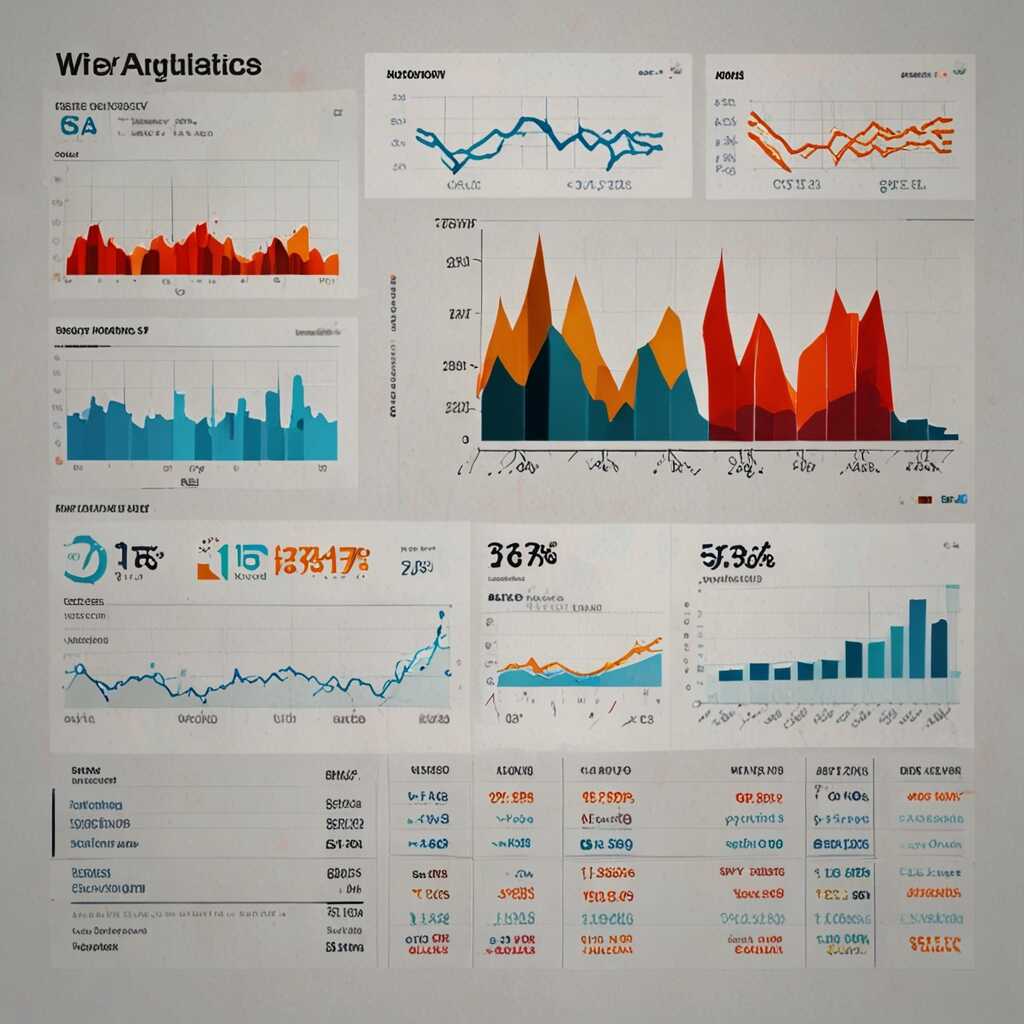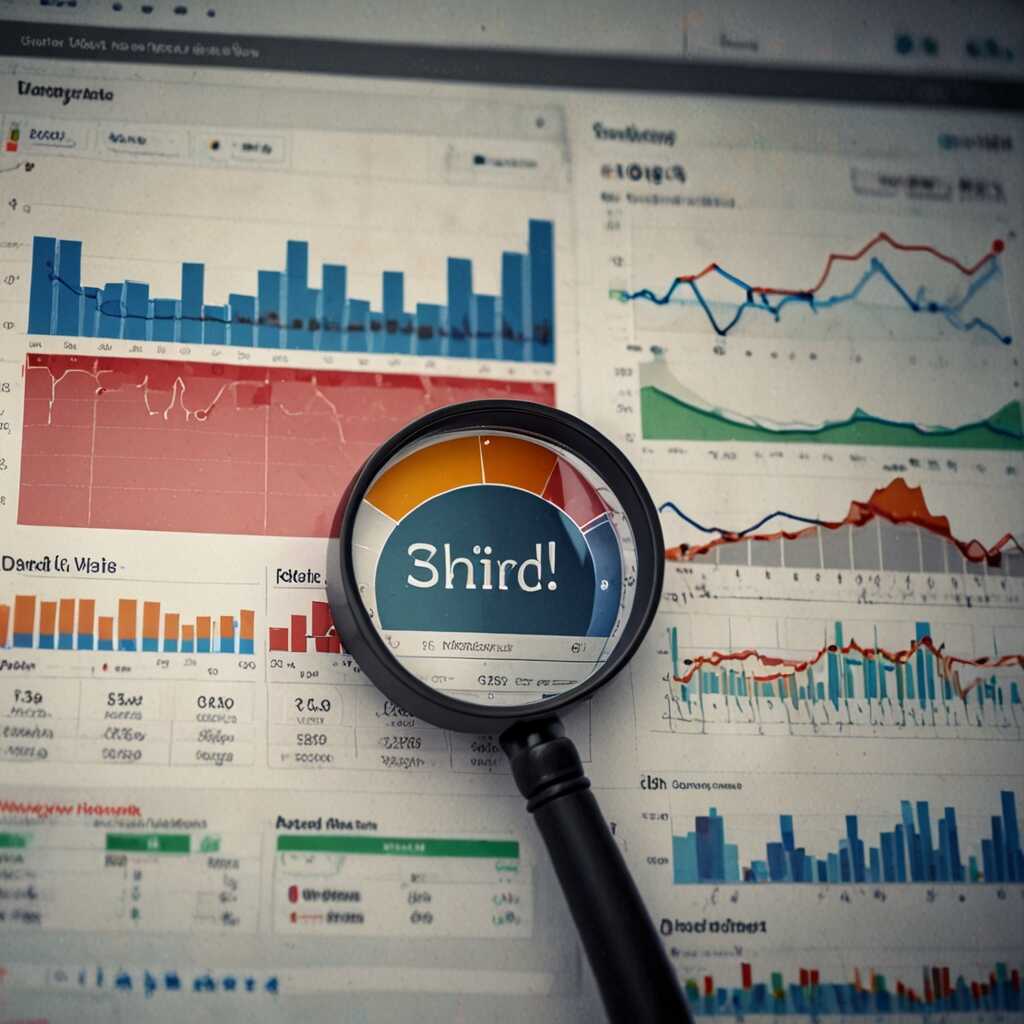Enhancing internal linking through cross-sell and upsell strategies can significantly boost your SEO performance. By effectively incorporating these techniques, you not only improve your website’s structure but also increase conversion rates. At Metrics Rule, we believe that optimizing internal links with strategic cross-sells and upsells is key to driving organic traffic and maximizing user engagement. Understanding how these strategies work together will empower e-commerce marketers and SEO specialists to elevate their online presence and achieve remarkable results.
Defining Cross-Sell and Upsell Strategies in E-Commerce
Cross-sell strategies involve recommending complementary products to enhance customer experience and increase total sales. For example, if a customer purchases a smartphone, suggesting a case or screen protector serves as a great cross-sell opportunity. On the other hand, upsell strategies aim to persuade customers to buy more expensive items or upgrades. A classic example is when a customer selects a basic laptop, and the platform recommends a high-performance model that includes additional features. Utilizing both cross-sell and upsell strategies effectively can significantly improve a store’s e-commerce revenue and enhance the shopping experience.
Successful Examples of Cross-Sell and Upsell Strategies
Popular e-commerce platforms like Amazon and eBay effectively showcase cross-sell and upsell strategies. Amazon often utilizes customer reviews and personalized recommendations to display items frequently bought together, enhancing customer experience. eBay, on the other hand, frequently utilizes comparative listings that highlight premium versions of products, prompting customers to consider higher-value options. These methods not only optimize e-commerce revenue but also reinforce the reliability of the shopping experience, ensuring shoppers find products that meet their specific needs.
How Cross-Sell and Upsell Improve SEO and User Experience
Cross-sell and upsell strategies enhance SEO by increasing user engagement and improving site authority. When customers explore related products or upgraded options, they spend more time on the site. This behavior signals to search engines like Google that the content is relevant and valuable. As a result, ranking improves. Moreover, higher user engagement boosts trust and credibility, positively impacting site authority. Implementing these strategies can lead to improved conversion rates as well, making it essential for e-commerce marketers to leverage this synergy effectively.
Boosting User Experience through Strategic Recommendations
Enhancing user experience with cross-sell strategies directly ties into effective SEO practices. When e-commerce websites recommend products that complement the customer’s interests or previous purchases, it increases the likelihood of additional sales. This not only boosts conversion rates but also results in a more enjoyable and personalized shopping experience. A well-designed cross-sell section can lead to up to a 30% increase in average order value, demonstrating the efficiency of these strategies. Furthermore, when users find relevant options quickly, it enhances overall site navigation, leading to better SEO performance.

Effective Internal Linking Techniques for E-Commerce Products
E-commerce marketers can enhance their internal linking among products through several key strategies. First, utilize cross-sell techniques to interlink related products on product pages. This not only helps customers discover complementary items but also improves SEO by distributing page authority across the site. Next, implement upsell strategies by linking to premium or upgraded product options. By doing so, you increase average order values while enhancing the customer shopping experience. The ideal number of internal links per product page is typically between 3 to 5 links. This allows for effective navigation without overwhelming users. A well-structured internal linking strategy can lead to increased sales and improved visibility in search engine results.
Enhancing User Experience with Smart Internal Linking
Enhancing user experience through smart internal linking is essential for e-commerce success. By carefully designing your linking structure, you enable users to navigate your site easily. This can involve linking to product reviews, comparison charts, and related items, which provides valuable information to potential buyers. Thoroughly testing your internal links for reliability improves SEO performance, ensuring that shoppers find exactly what they need. Consistent internal linking fosters a logical flow through your e-commerce site, enabling a smooth customer journey. Implementing these effective internal linking strategies not only boosts navigation but enhances overall SEO performance, making it easier for search engines to crawl and index your site.
Key Statistics on Internal Linking and Revenue Growth
- About 30% of visitors click on a suggestion in cross-sell sections.
- Businesses see a 10-30% increase in average order value when upselling.
- 50% of customers explore more products after seeing internal links.
- Effective internal linking boosts SEO ranking by approximately 15-20%.
- Over 60% of e-commerce sites report improved user engagement with enhanced linking strategies.
- Companies that cross-sell can achieve up to 55% of their total sales from existing customers.
- 43% of shoppers prefer sites that recommend related products via internal links.

Best Practices for Analyzing Competitors’ Internal Linking
To effectively analyze competitors’ internal linking strategies, various tools can be utilized, such as Ahrefs, SEMrush, and Moz. These tools provide essential insights into how competitors link their pages and the anchor texts they use. Notably, successful e-commerce sites often structure their internal linking by connecting product pages with category pages and related items, enhancing SEO performance. Research indicates that high-ranking pages tend to have an average of 30 internal links, which helps ensure better crawling and indexing.
Key Components of Successful Internal Linking Strategies
Understanding the key components of successful internal linking strategies is crucial for optimizing your site’s structure. High-quality internal links enhance SEO performance by improving crawling and indexing. By reviewing competitors’ internal linking layouts, you can discover how they effectively connect relevant content. Analyzing keywords used in their anchor texts will reveal their keyword strategy and help you identify potential enhancements for your internal linking. This method ensures that your site can handle a better user experience and improved conversion rates.

Utilizing Tools to Monitor Internal Links and SEO Performance
To effectively track internal links and overall SEO performance, several essential tools are available. Google Analytics offers insights into user behavior and traffic sources. SEMrush and Ahrefs are excellent for internal link analysis, providing a comprehensive overview of your site’s linking structure. Additionally, Screaming Frog can crawl your website to identify broken links and analyze your internal linking strategy. E-commerce marketers can implement these tools by setting specific KPIs for monitoring, ensuring they regularly review data for actionable insights, and continually testing changes for performance improvement.
Choosing the Best Analytics Tools for E-commerce Websites
When selecting the best analytics tools for e-commerce websites, consider features that enhance reliability and performance. Tools like Google Analytics, SEMrush, and Ahrefs provide user-friendly interfaces and essential functionalities for tracking SEO performance. Each tool offers unique features such as keyword tracking, site audit capabilities, and backlink analysis, helping e-commerce marketers make informed decisions. Using data-driven SEO strategies can improve internal linking effectiveness, ultimately leading to better search rankings and higher conversion rates.
Advantages of Optimizing Product Recommendations for Search Engines
- Using upsell links increases the chances of a sale during checkout.
- Enhanced internal linking boosts website visibility in search results.
- Cross-selling improves user experience by curating relevant products.
- These strategies can enhance customer retention through personalized suggestions.
- Websites with strong internal structures often rank higher on Google.
- Internal links boost crawling efficiency, making it easier for search engines to index pages.
- Strategic recommendations can lead to higher conversion rates across various demographics.

Optimizing Content and Product Descriptions for Greater Engagement
Enhancing product descriptions plays a crucial role in promoting cross-sell and upsell opportunities. By using clear, engaging language, you can highlight features and benefits that encourage customers to purchase additional items. Key elements to include are relevant keywords, customer reviews, and comparisons with similar products to boost customer confidence. Research indicates effective product descriptions can yield a 30% increase in conversion rates, thus driving higher sales.
Essential Features for Engaging Product Descriptions
When crafting product descriptions, focus on essential features that enhance customer engagement. Keywords are vital for SEO, ensuring your products rank well on search engines like Google. Including detailed comparisons and customer reviews helps build reliability and trust around your products. Utilization of these strategies enables effective cross-sell and upsell tactics, ultimately resulting in improved conversion rates for your e-commerce business.
Incorporating AI Technology into Linking Strategies
AI can significantly improve cross-sell and upsell strategies in e-commerce by analyzing user data to recommend products more effectively. Advanced algorithms enable AI tools to identify customer behaviors, preferences, and buying patterns, ensuring the recommended products match user interests. Popular AI technologies like chatbots, recommendation engines, and predictive analytics can automate these processes, enhancing internal linking and improving e-commerce performance. These tools can dynamically update links based on real-time data, making them reliable and efficient for driving conversions. In 2025, businesses that implement automated linking strategies can see a notable increase in conversion rates by up to 30% or more, showcasing the essential role of AI in modern marketing.
Essential AI Tools for Enhanced Internal Linking
To effectively utilize AI in enhancing internal linking strategies, e-commerce marketers should consider various essential tools. Machine learning algorithms can optimize product recommendations based on user browsing history and previous purchases. Tools such as Google Analytics and various CRM platforms provide detailed data analysis, helping marketers understand customer behavior. Automated content management systems can seamlessly integrate cross-sell and upsell links within product pages. This combination of AI technology not only improves the user’s shopping experience but also enhances search engine optimization (SEO) by ensuring that internal links are relevant and appropriately structured. Reliable AI solutions will provide ongoing insights that can help improve performance over time in a competitive online marketplace.
Brands Leveraging Product Connections: An Insightful Comparison
- Amazon uses extensive cross-selling, leading to high sales but requires complex data analysis.
- Best Buy effectively upsells, increasing average spend, but can overwhelm customers with choices.
- eBay excels in recommending similar items, although the user interface can feel cluttered.
- Target’s focused recommendations enhance shopping experience, yet can lack inventory variety.
- Walmart’s strategy combines low prices with upselling, drawing budget-conscious shoppers.
- Zalando personalizes products well, appealing to fashion enthusiasts, but may limit broader searches.
- Shopify empowers small businesses with linking tools, though success depends on individual seller efforts.
Analyzing the ROI of Internal Linking and Conversion Rates
To effectively measure the return on investment from enhanced internal linking strategies, e-commerce marketers should focus on various metrics. Web analytics tools can track user behavior and determine how enhanced internal linking drives traffic to specific pages. Leveraging metrics like bounce rate, time on site, and page views per session enables marketers to assess the effectiveness of their internal linking. Additionally, tracking conversion rates before and after implementing new internal linking strategies helps demonstrate how these enhancements impact overall performance.
Essential Metrics for Evaluating Conversion Rates
To evaluate the impact of internal linking on conversion rates effectively, e-commerce businesses should focus on essential metrics like the conversion rate, average order value, and customer lifetime value. Using Google Analytics allows marketers to monitor user flows through linked products and pages. A reliable analysis of these metrics provides insights into how internal linking drives conversions. Testing different linking strategies can yield proven results. For example, optimizing product recommendations through effective internal links can increase the average order value by a notable percentage, enhancing the overall e-commerce performance.
